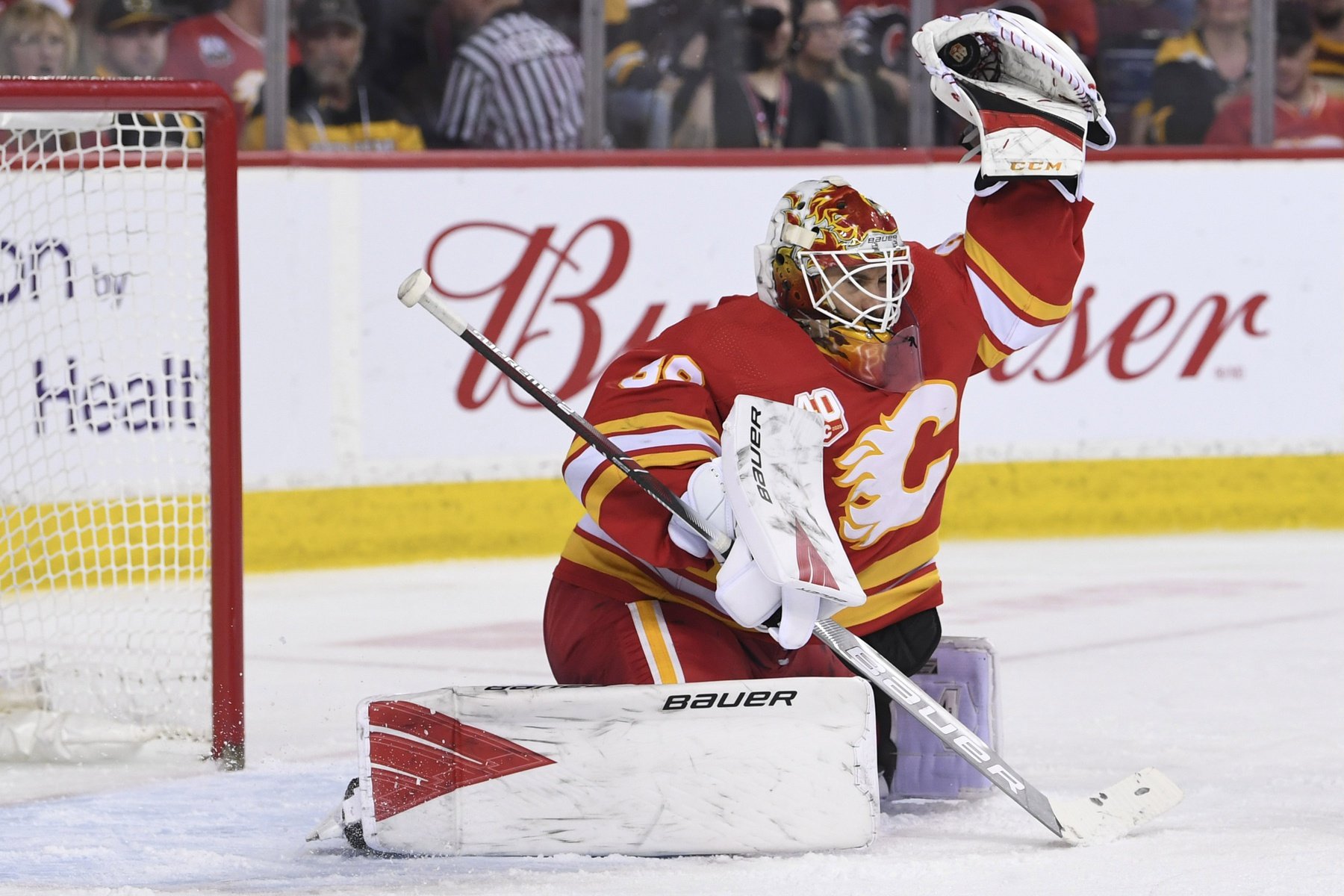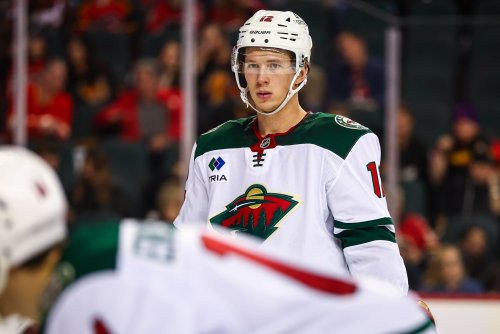
On Friday afternoon, the Minnesota Wild addressed their need for a No. 1 goalie by signing veteran goaltender Cam Talbot to a three-year deal worth $11 million ($3.67M AAV).
The 33-year-old Talbot is coming off a season in which he played in 26 games for the Calgary Flames, going 12-10-1, with a 2.63 goals-against average, .919 save percentage and two shutouts. Talbot stopped 92.3% of shots 5-on-5, and his goals saved above expectations hovered right around 0.00 all season, finishing at -0.29 -- meaning that Talbot stopped the shots he was supposed to while in net.
By comparison, Wild goaltenders did not stop the shots they were supposed to last season. Devan Dubnyk had a league-worst -27.49 GSAx and Alex Stalock was fourth-worst in the league at -16.64 GSAx.
Talbot has been good, but not great, during most of his NHL career. But there are two exceptions: One season where he was other-worldly and another where he was awful.
While Talbot will be expected to thrive in front of a Minnesota defense that is near the top of the league in suppressing shots, his new contract with the Wild does raise a red flag.
No, it's not the cap hit. Instead, it's the length.
With AHL goaltender of the year Kaapo Kahkonen making five starts, I expected the Wild to sign a goaltender to a two-year deal as a bridge to Kahkonen. 2019 Draft pick Hunter Jones figures to not be far behind Kahkonen.
Does Talbot's three-year deal mean that the Wild front office, led by general manager Bill Guerin, doesn't see Kahkonen as the goaltender of the future? Do they see Kahkonen as more of an NHL backup? Does that extra year allow the Wild to take a longer look a Jones as a potential No. 1?
It could also be that the Wild wanted to give an extra year to get the guy they wanted, but when you see more notable goaltenders like Braden Holtby settle for a two years in Vancouver, you can't help but wonder if there was more meaning behind the Wild giving the Talbot an extra year on his contract.
The Athletic's prospect guru Corey Pronman recently did an NHL organizational rankings where he evaluated each team's farm system, and he had both Kahkonen and Jones in his "NHL potential" tier, but not in the top 15. Pronman believes that Kahkonen's game "might not translate to the big leagues based on the way he plays" and that Jones "struggles to get to the pucks that require him to move a lot, and he let in a number of longer-range shots."
Is this what the Wild see in their top two goaltending prospects as well? This could have easily factored into their decision to go the extra year on Talbot, and hope a long-term solution to the position presents itself in the interim.
Consider that if the Wild thought Kahkonen was NHL ready, wouldn't they have moved him up into the lineup and given him his shot alongside Stalock for 2021? Especially with expansion looming in the next offseason, you would have wanted to give him his shot before then. But now he could potentially be exposed.
The Wild have had relative stability in goal during their 20 seasons in the NHL. Just 18 goaltenders (!!!) have played in a game for the Minnesota Wild over 1,511 all-time games. For comparison, Columbus has had 25 over the same timeframe.
But how soon can Guerin and Co. figure out a long-term goaltending solution? For now, they have Talbot for the next three years.
All goaltending stats in this post courtesy of Evolving-Hockey.com.
Think you could write a story like this? Hockey Wilderness wants you to develop your voice, find an audience, and we'll pay you to do it. Just fill out this form.








Recommended Comments
There are no comments to display.
Join the conversation
You can post now and register later. If you have an account, sign in now to post with your account.
Note: Your post will require moderator approval before it will be visible.